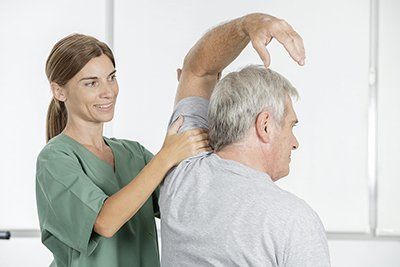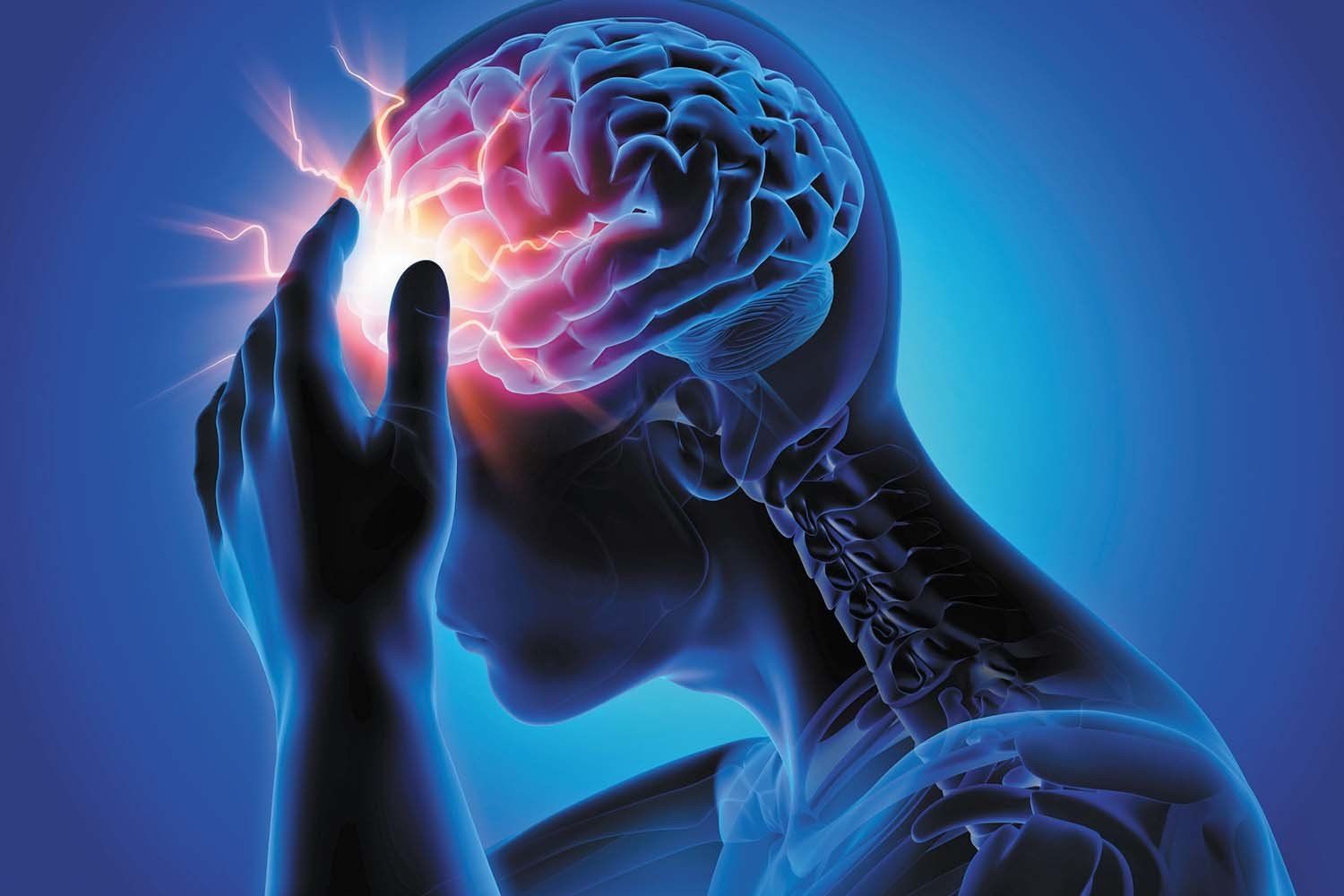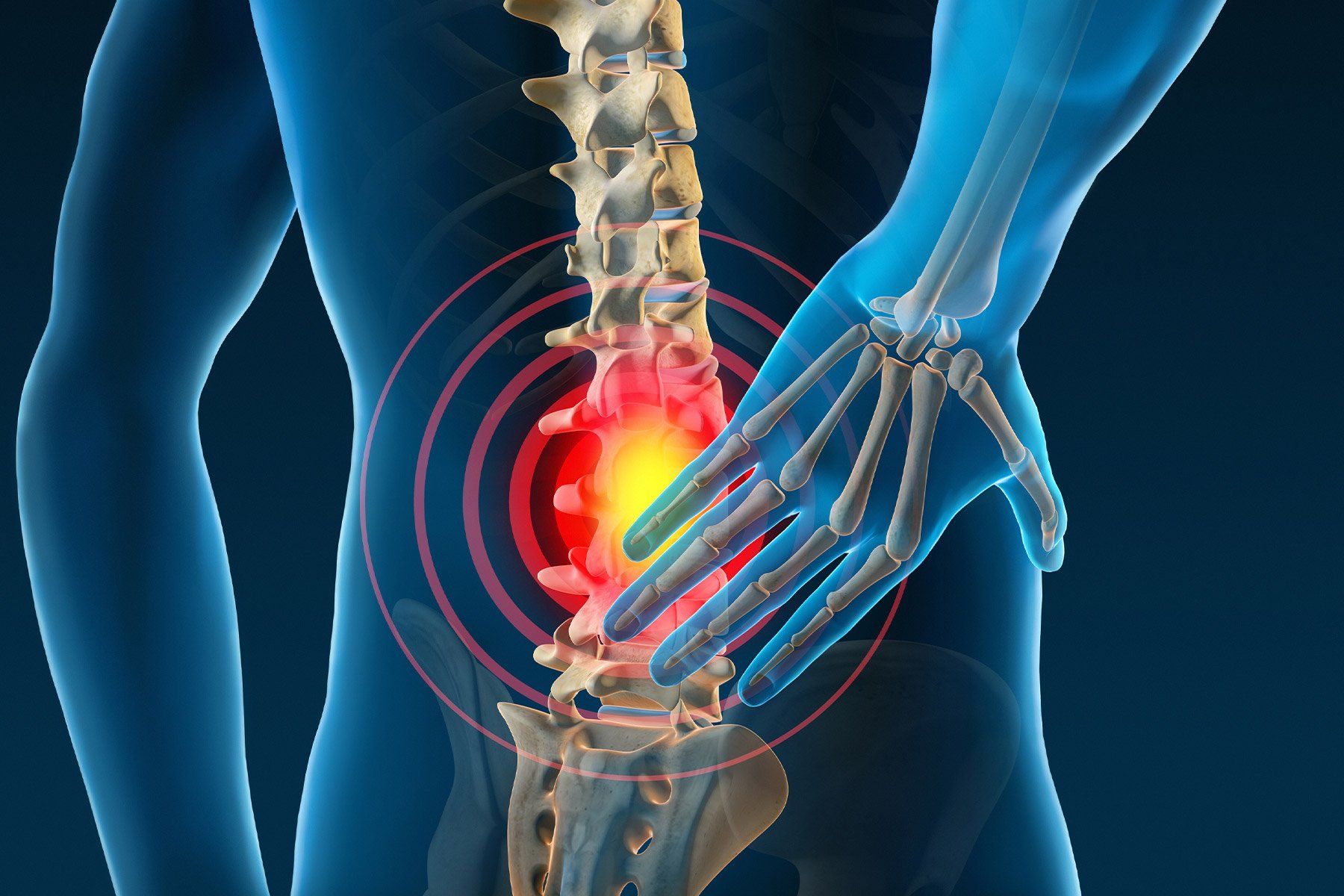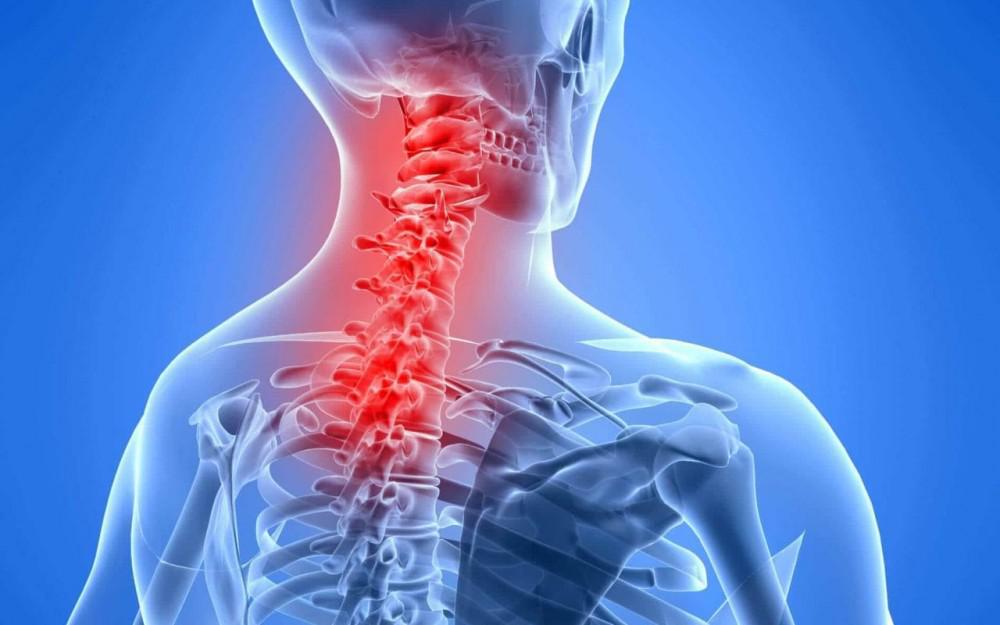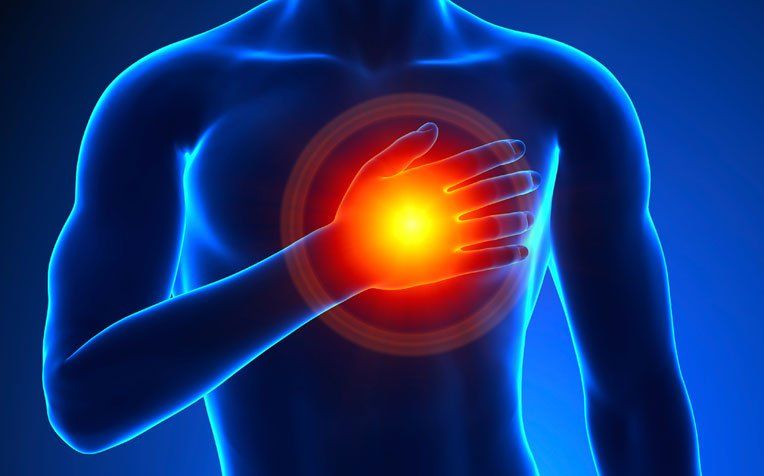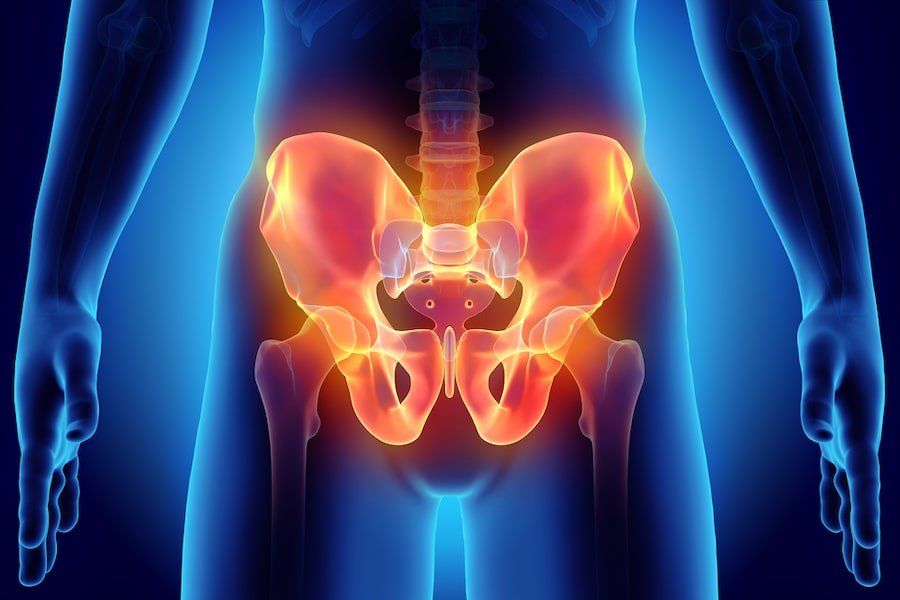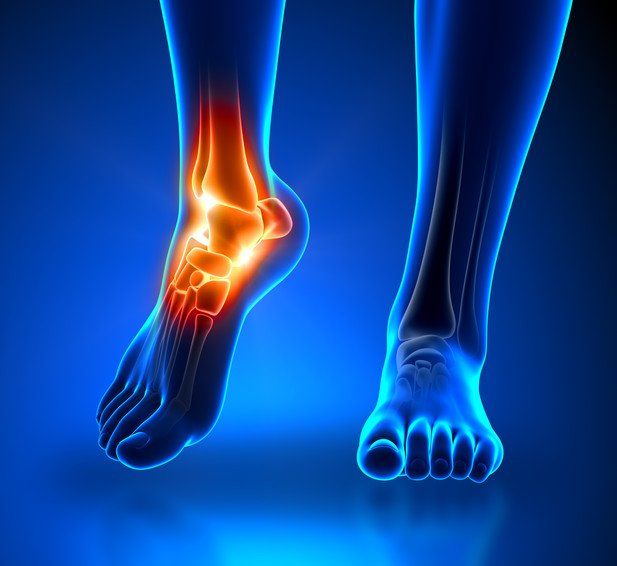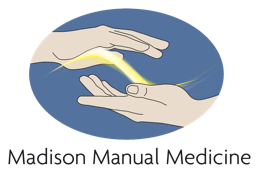WELCOME TO MADISON MANUAL MEDICINE
Our goal is to assist your body to remove barriers to movement, whether of joints, connective tissue or fluids within the body.
Madison Manual Medicine
People can have chronic pain and dysfunction secondary to residual abnormal tissue relationships. This can be between bones, between tissues, between tissue and bone. The tissues can include nerves, arteries, organs, the skull/cranium. The impact of abnormal relationships can include pain, lack of function, poor local circulation, lack of lymphatic return. The lack of function may involve the musculoskeletal system.
My goal is to remove as many restrictions/barriers/dysfunctions as possible to help the patient optimize their health from a bio-mechanical perspective using the tools of osteopathy.
Contact Us
Services
Treating chronic or sub-acute pain including the following:
Headaches
Post-traumatic headaches, migraine headaches, tension headaches.
Back Pain
Encounter consist of a history, detailed exam followed by a treatment sequence.
Neck Pain
Treatment can include different types of joint, soft tissue and fluid mobilization.
Non-Cardiac Chest Pain
Osteopathy takes a whole interconnected view of health, pain, and dysfunction.
About me
I strive to improve your quality of life
At Madison Manual Medicine our goal is to assist your body to remove barriers to movement, whether of joints, connective tissue or fluids within the body. Those restrictions can cause multiple types of symptoms and preclude you from having optimal function and health. We use osteopathic manual therapy (OMT), a hands on treatment approach capable of interacting with your body at multiple tissue levels.
Satisfied Patients
“Dr. Downs addresses systems in the body often overlooked by other practitioners and is therefore in a category of his own. His approach is comprehensive and works on many layers of the body to get to the source of dysfunction. I have improved 90% and could not be more pleased. ”
Susan Brown
“Was traveling and had an accident. Got in twice and was able to drive 18 hours home. Wonderful magic hands!”
Connie D. Fowler
“Whenever I see Dr. Downs with my back issues, he always fixes them...usually with just one visit. My husband and Mother-in-law also see him and are very happy. Thank you!”
Greta Herrmann Kock
Looking for an osteopath?
Book a consultation
My
Tips
Blog
